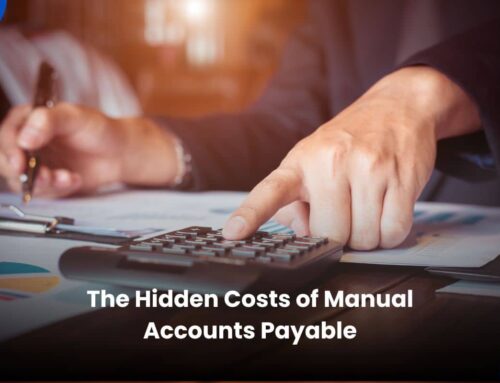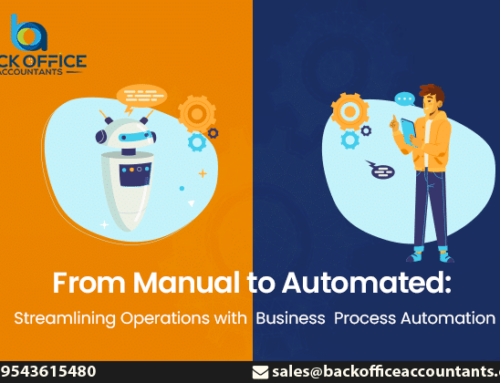Businesses must make important accounting choices as the year comes to an end, decisions that might have a big influence on their strategic direction and financial health. To properly manage their finances and position themselves for development, organizations must traverse a range of complicated issues, from reviewing asset values to examining revenue recognition procedures and accounts receivable processes.
We will examine five crucial accounting choices that companies must make as year-end draws near in this investigation. Businesses may proactively resolve obstacles, seize opportunities, and establish a strong foundation for financial success in the new year by being aware of these actions and their ramifications.
1. Budget Variance Analysis
Budget variance analysis is an important part of financial management. It compares actual financial performance with projected expectations to identify differences and their causes. This analysis helps businesses assess their financial stability, operational efficiency, and alignment with strategic goals. By comparing actual vs. projected revenue, costs, and other financial measures, companies can gain valuable insights. These insights guide smarter decisions for future planning. The analysis typically includes both favorable and unfavorable variances, highlighting where performance exceeded or missed expectations.
2. Prepaid Expenses
Costs paid in advance for products or services that will be utilized or consumed in later accounting periods are referred to as prepaid expenses. Prepaid rent, insurance fees, and subscriptions are a few examples. Initially shown as assets on the balance sheet, these costs are progressively expensed over time when they are used or consumed.Understanding how prepaid costs are handled in financial accounts receivable services planning is necessary to elaborate on them. As they reflect future financial rewards, prepaid costs are originally reported as assets on the balance sheet. But over time, or when the benefit is used up, they are progressively recorded as costs on the income statement using an adjusting entry procedure.
3. Research and Development Costs
Research and development (R&D) costs refer to the expenses involved in creating new products, services, or processes. Companies must invest in R&D to stay competitive, improve existing services, or create new revenue streams.
To understand R&D expenses better, it’s important to know how financial accounting handles them. These costs are typically recorded as they occur on the income statement, directly impacting profitability.
4. Asset Valuation
Asset valuation is the process of determining the fair market value of a company’s assets for financial reporting. Accurate valuation is important because it reflects the company’s financial health, helps assess performance, and supports informed decision-making. To understand asset valuation, it’s crucial to know the methods and assumptions used for different asset types. These include physical assets like property and equipment, as well as intangible assets like patents, trademarks, and goodwill.
The valuation technique depends on the asset’s type and condition. For physical assets, methods like past cost, replacement cost, or fair market value may be used. Intangible assets are often valued using the income, market, or cost approach, based on their expected future economic benefits.
5. Capital Expenditure Planning
The process of determining, assessing, and setting priorities for expenditures in long-term assets that are critical to a company’s expansion and sustainability is known as capital expenditure planning.These investments usually come with hefty costs, but the organization may gain long-term benefits from them. Planning capital expenditures is essential for reaching strategic goals, optimizing operational effectiveness, and efficiently allocating resources.
Back Office Accountants could be your resource in the complex landscape of year-end accounting decisions, offering professional advice and assistance to help you make these crucial decisions.
Their thorough knowledge of financial management concepts combined with their meticulous attention to detail and exceptional accounts payable services enable firms to make wise decisions, maximize their financial well-being, and spur long-term growth. Businesses can confidently handle obstacles, grasp opportunities, and lay a strong foundation for success in the upcoming year and beyond by collaborating with Back Office Accountants.







